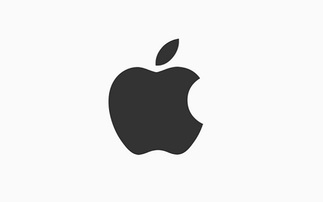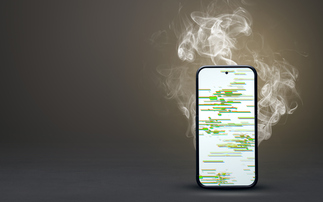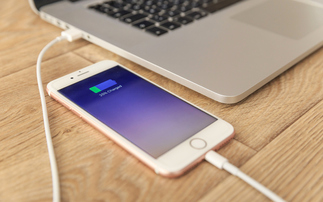The Z30 is the fourth BlackBerry smartphone based on the BlackBerry 10 operating system - and probably the best. But what's it like in every day use?
When the BlackBerry Z30 arrived at Computing's offices for review, there was a rare frisson of excitement and interest as the box was opened and the new device revealed itself. It looked good, i...
To continue reading this article...
Join Computing
- Unlimited access to real-time news, analysis and opinion from the technology industry
- Receive important and breaking news in our daily newsletter
- Be the first to hear about our events and awards programmes
- Join live member only interviews with IT leaders at the ‘IT Lounge’; your chance to ask your burning tech questions and have them answered
- Access to the Computing Delta hub providing market intelligence and research
- Receive our members-only newsletter with exclusive opinion pieces from senior IT Leaders



















